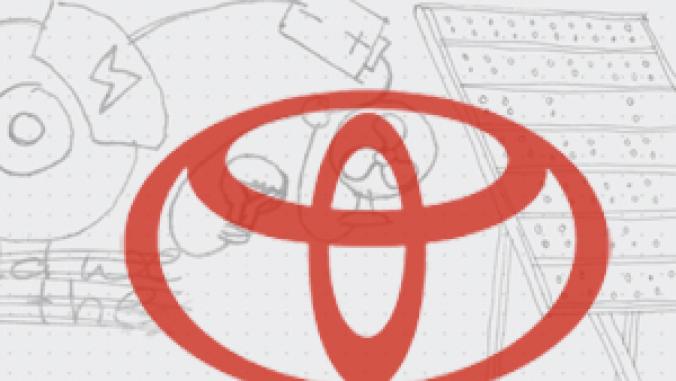E.U. Calls for Easily-Removable Batteries, Sets Recycling Rates
The European Union’s updated Battery Directive went into effect last month with new rules for battery contents, ease of removal and recycling.

The European Union’s updated Battery Directive has gone into effect, restricting materials in batteries, requiring batteries to be easily removed from products and setting battery recycling rates.
First agreed upon in 2006, the Directive went into law in late September. At that time only seven of the 27 E.U. member states had fully applied the Directive as national legislation.
The Directive calls for member states to recycle 25 percent of all portable batteries (any non-industrial and non-automotive battery) used annually by September 2012, and 45 percent of batteries by September 2016.
The legislation includes a number of measures to make collection and recycling of batteries easier, instructing member states to ensure manufacturers make it easy for users to remove batteries from products.
That requirement could be an issue for companies that produce electronics not designed to be opened by users, such as Apple, which seals batteries in its iPods and iPhones and instructs customers to send their devices into the company for battery replacements.
The new rules also call for all batteries that are collected to actually be recycled, sets restrictions on levels of mercury and cadmium in batteries and makes battery producers responsible for covering the costs of collection, treatment, recycling and education campaigns. The Directive also aims to enhance collection of industrial and vehicle batteries, although collection rates for those types are already near 100 percent due to current collection infrastructure and their value.
First agreed upon in 2006, the Directive went into law in late September. At that time only seven of the 27 E.U. member states had fully applied the Directive as national legislation.
The Directive calls for member states to recycle 25 percent of all portable batteries (any non-industrial and non-automotive battery) used annually by September 2012, and 45 percent of batteries by September 2016.
The legislation includes a number of measures to make collection and recycling of batteries easier, instructing member states to ensure manufacturers make it easy for users to remove batteries from products.
That requirement could be an issue for companies that produce electronics not designed to be opened by users, such as Apple, which seals batteries in its iPods and iPhones and instructs customers to send their devices into the company for battery replacements.
The new rules also call for all batteries that are collected to actually be recycled, sets restrictions on levels of mercury and cadmium in batteries and makes battery producers responsible for covering the costs of collection, treatment, recycling and education campaigns. The Directive also aims to enhance collection of industrial and vehicle batteries, although collection rates for those types are already near 100 percent due to current collection infrastructure and their value.




